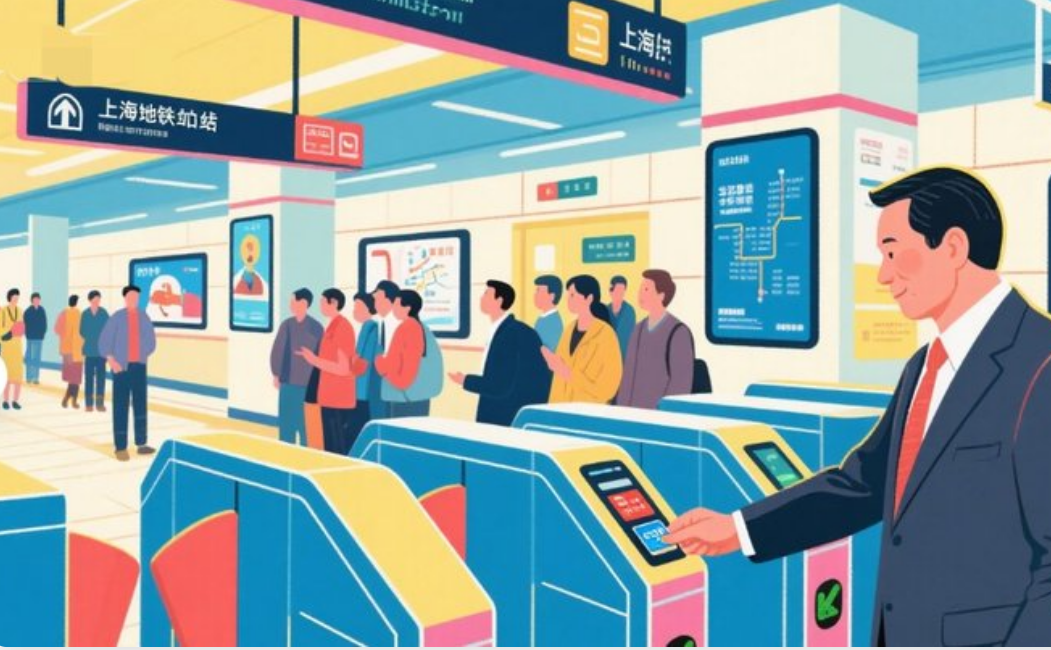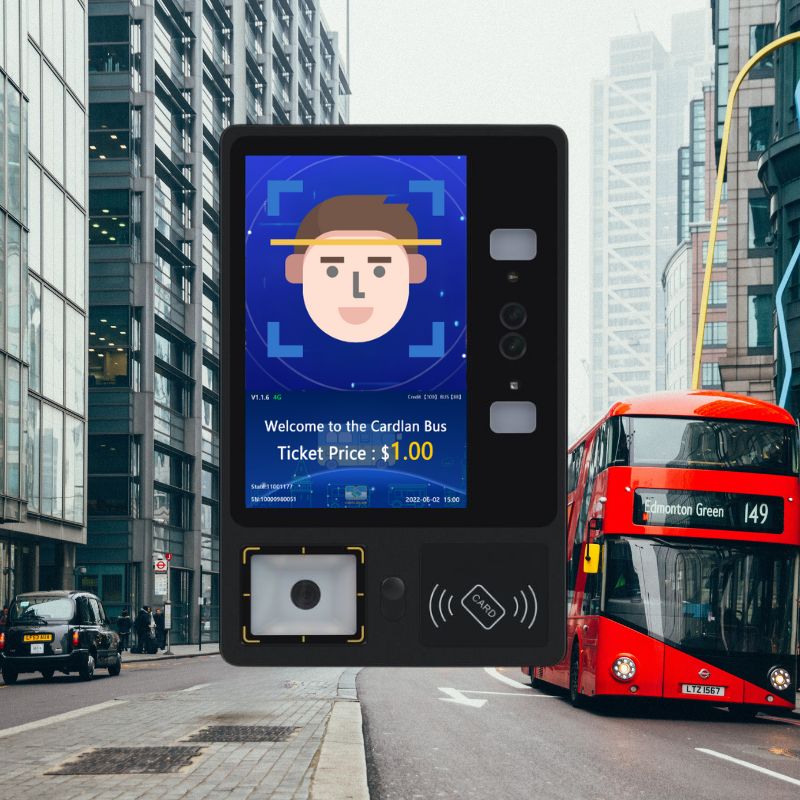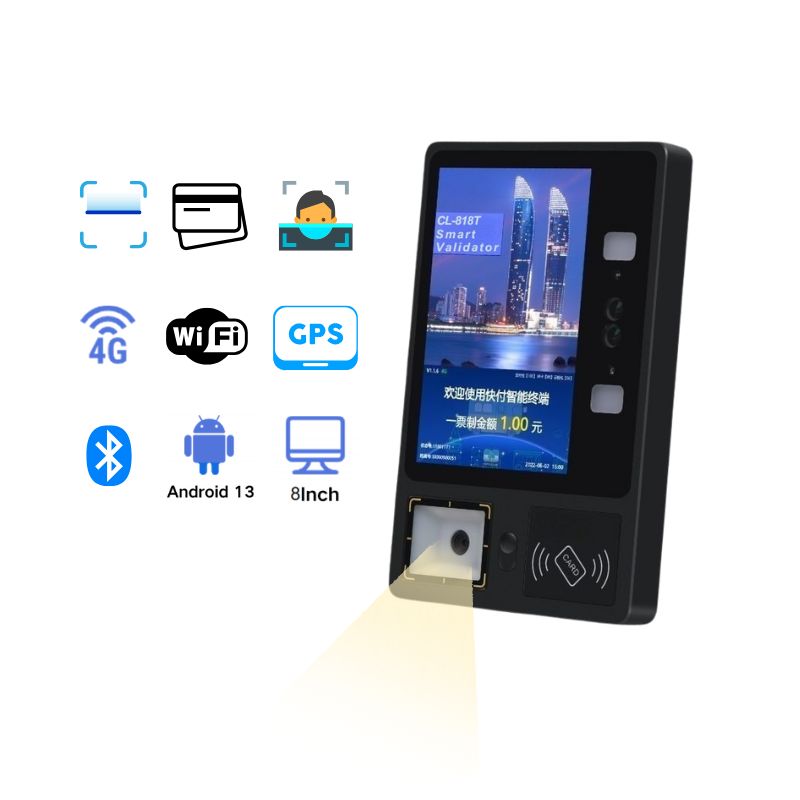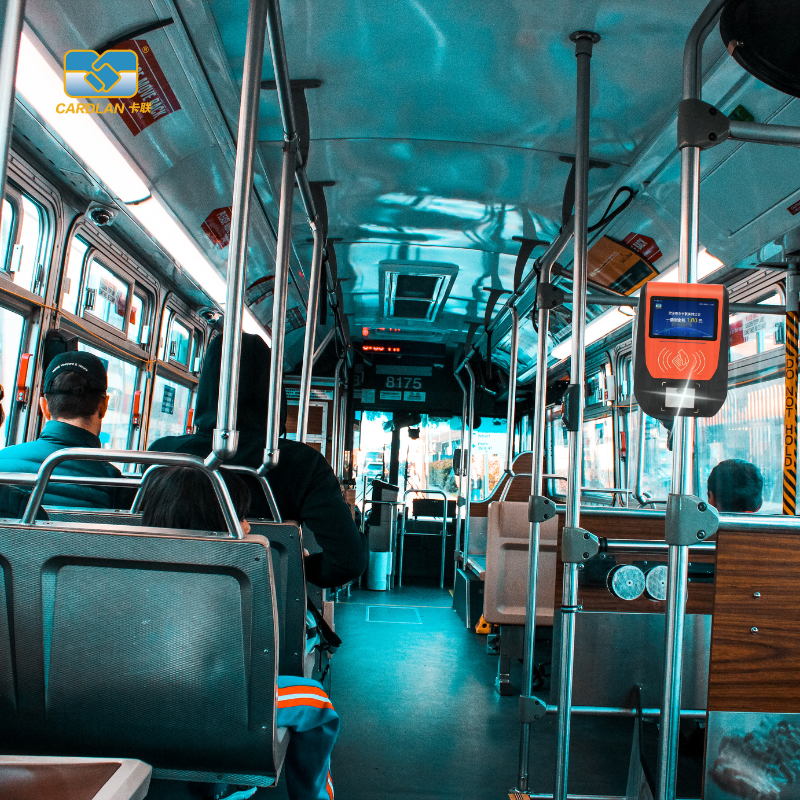I. Core Gate Types and Application Scenarios
-
Tri-Barrier Gates
- Structure: Three rotating bars with a 0.5-meter passage width; response time: 2-3 seconds
- Application: Standard subway station channels; cost-effective and highly durable, accounting for >70% of subway gates in China

-
Flap Gates (Wide Passage)
- Design: 0.9-meter fan-shaped door with triangular structure for bulky luggage/strollers
- Special Function: Supports free passage for disabled veterans (manual override by staff)
-
Swing Barriers (Next-Gen)
- Upgrade: Rectangular door design increases throughput by 30%; anti-tailgating via unidirectional infrared sensors
- Safety: Auto-locks upon reverse intrusion; clamping force ≤2kg
-
Normally Open Mode Gates (Pilot Innovation)
- Operation: Gates remain open; green arrow display post card-scan enables frictionless transit
- Pilot Cities: Shanghai (Zhanghuabang Station), Guangzhou (2024 launch); 40% peak-hour efficiency gain
II. Evolution of Smart Recognition Tech
-
Multi-Modal Verification
- Baseline: RFID cards
- Extensions:
- Mask-compatible facial recognition
- QR codes
-
Anti-Conflict Protocol
- Manual deactivation needed when physical card conflicts with facial recognition
- Foreign card payment systems use isolated channels
III. System Integration & Safety
-
Triple Anti-Pinch Tech
- Infrared monitoring + mechanical rebound + electromagnetic cutoff
- Passage detection error <0.1s; tailgating ID rate >99.8%
-
Smart Management
- Crowd Control: SuiTeng OS analyzes carriage density for real-time (diversion)
- Emergency Mode: Auto-switch to open mode during fires/earthquakes; manual override buttons
- Security Synergy: Gates integrated with AI (security gates) for suspicious behavior alerts
IV. Maintenance Optimization
| Failure Type |
Solution |
| Valid card rejection |
Check power module/reboot auth chip |
| QR code delay |
Clean sensors/adjust IR sensitivity |
| Communication failure |
Test 485 bus shorts/replace comms module |
| False anti-tailgate alerts |
Calibrate IR angles/optimize algorithm |
Deployment Note: Card readers >30cm from metal objects; separate power/data cables (>20cm spacing).

V. Future Development
- Frictionless Passage: Biometric-payment integration.
- Modular Upgrades: "Normally Open Mode" via software.
- Smart O&M: Self-diagnostic systems with real-time fault alerts.


 Code Scanning and Recognition Machine for Enterprise Bus (Swipe IC Card + Scan QR Code)
Code Scanning and Recognition Machine for Enterprise Bus (Swipe IC Card + Scan QR Code)
 Cardlan complete system and hardward provider
Cardlan complete system and hardward provider
 Cardlan flat fare/Zonal fare collection solution
Cardlan flat fare/Zonal fare collection solution
 Application of Relay Function in Bus Card Readers for Gate Control
Application of Relay Function in Bus Card Readers for Gate Control